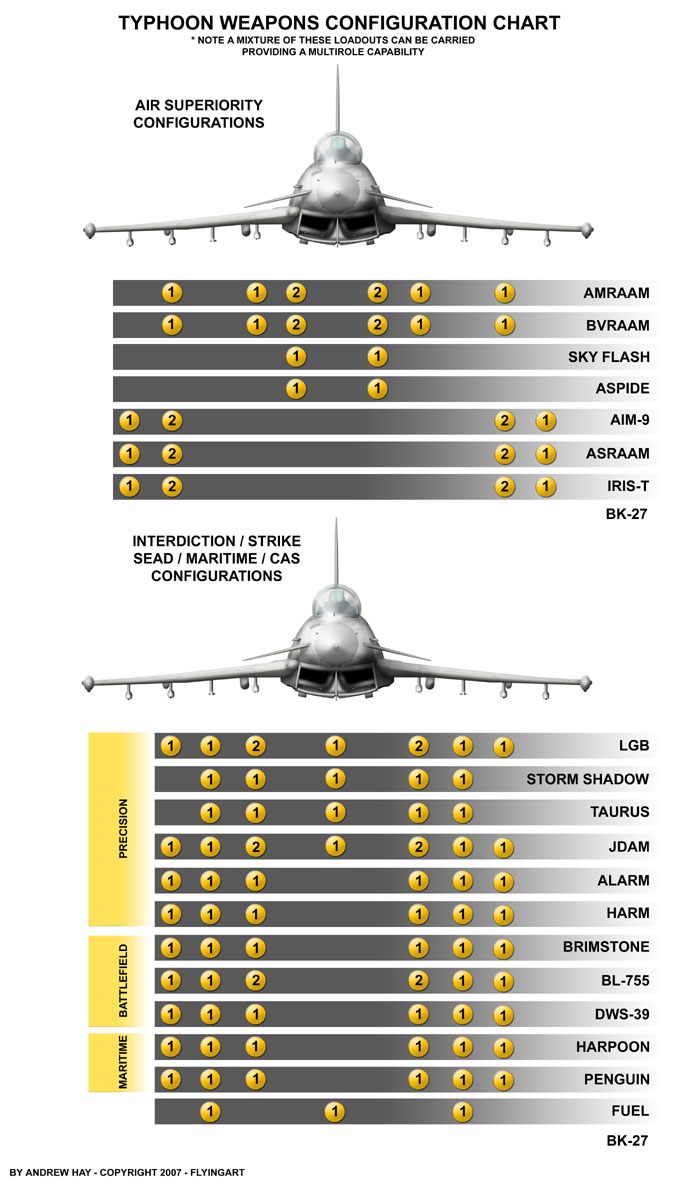NO.12
SU-30 MKI
The Sukhoi Su-30 MKI (NATO reporting name: Flanker-H) is a variant of the Sukhoi Su-30 jointly-developed by Russia's Sukhoi Corporation and India's Hindustan Aeronautics Limited (HAL) for the Indian Air Force (IAF). It is an air superiority fighter which can also act as a multirole, strike fighter jet.
The development of the variant started after India signed a deal with Russia in 2000 to manufacture 140 Su-30 fighter jets. The first Russian-made Su-30MKI variant was integrated into the IAF in 2002, while the first indigenous Su-30MKI (with Russian engine) entered service with the IAF in 2004.[6] In 2007, the IAF ordered 40 additional MKIs. As of October 2009, the IAF had 105 MKIs under active service with plans to have an operational fleet of 280 MKIs by 2015. The Su-30MKI is expected to form the backbone of the Indian Air Force's fighter fleet to 2020 and beyond.
The aircraft is tailor-made for Indian specifications and integrates Indian systems and avionics as well as French and Israeli subsystems. Due to similar features and components, the MKI variant is often considered to be a customized Indian variant of the Sukhoi Su-35
NO.11
INDIA SPY Satellite PROGRAM
The Integrated Space Cell is the nodal agency within the Government of India which oversees the security of its space based military and civilian hardware systems. The decision to setup the Space cell was taken after analyzing the threat to India's space assets. The report by Indian Defense ministry noted that the "offensive counter space systems like anti-satellite weaponry, new classes of heavy-lift and small boosters and an improved array of Military Space Systems have emerged in our neighbourhood" referring to the Anti-satellite missile test by China. It was incorporated in June 2008 under the command of the Integrated Defence Services Headquarters, and shall be responsible for co-ordination between the Department of Space, the Indian Armed Forces and the Indian Space Research Organization.
RISAT-2 is India's first satellite with a synthetic aperture radar. It has a day-night, all-weather monitoring capability. Potential applications include tracking hostile ships at sea that could pose a military threat.
RISAT-1 is one of a series of Indian remote sensing satellites developed by ISRO, that use a Synthetic Aperture Radar (SAR) for all weather observation. The 1780 kg RISAT-1 was the first satellite of the RISAT series to be built, but will be the second to be launched.
RISAT-1 is in queue for launch by the PSLV. Previous Indian remote sensing satellites relied mainly on optical and infrared sensors. RISAT-1 uses an indigenously developed C-band SAR, operating in multi polarisation, multi-resolution modes.
The launch of RISAT-1 was postponed to the next flight of the PSLV, in order to prioritize the launch of RISAT-2 in the aftermath of the 2008 Mumbai attacks.
The functions in RISAT include:
* 160 x 4 Mbit/s data handling system
* 50 Newton-meter-second reaction wheels
* SAR antenna deployment mechanism
* Phased array antenna with dual polarisation
During the year, the preliminary design review for electrical subsystems and Attitude and Orbit Control System elements was completed. Installation of 3D measuring instrument for integration and alignment of SAR antenna has been completed.

)

















